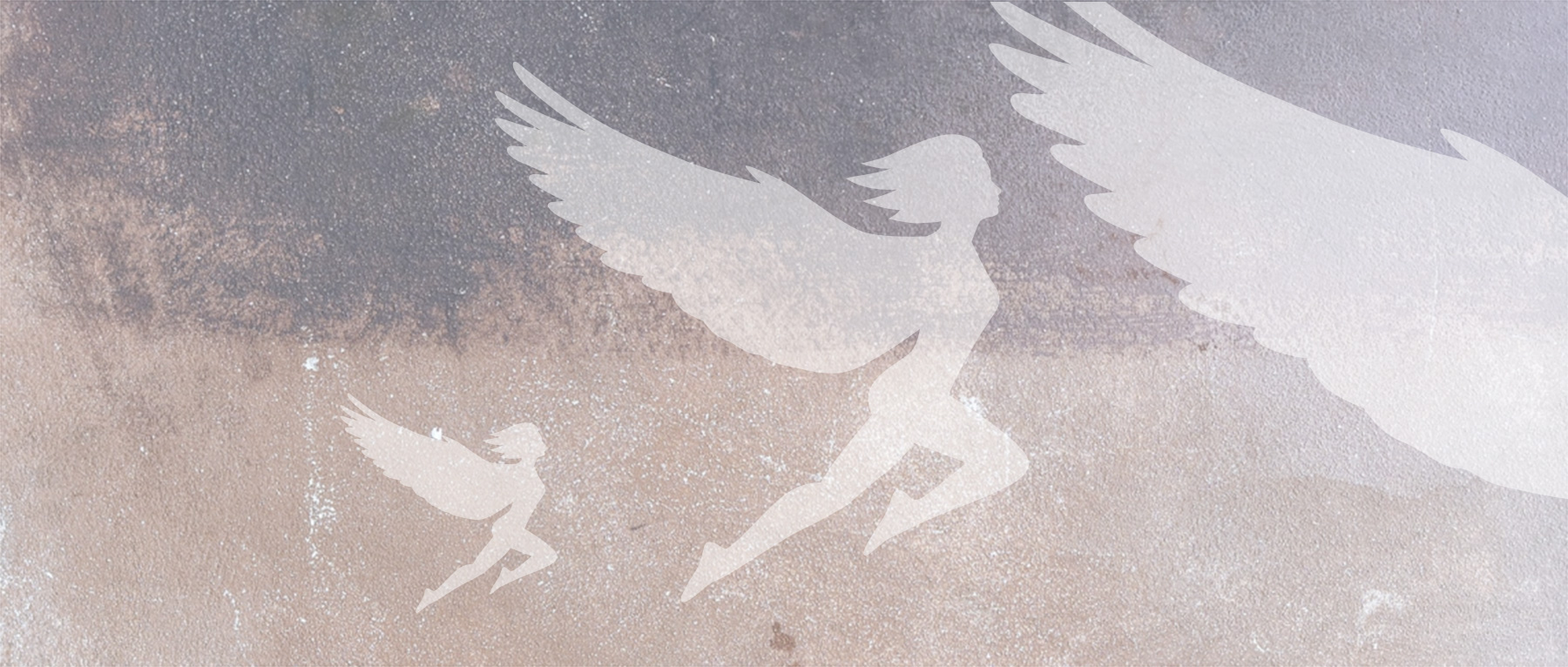
Propaganda Basics
One of the basic prerequisites for wars and the violent enforcement of individual interests are sustained propaganda strategies that create images of the enemy, invoke strong emotions such as fear, shame, and powerlessness, and turn their addressees into victims, whose rights must be defended. The really annoying thing: The anti-democratic movement
is well networked and well financed worldwide to implement propaganda
strategies across countries. The aim is to weaken democratic systems with highly emotional debates and to permanently shake trust in politicians, journalists and even in one's own neighbors. The more anonymous platforms, the more opportunities propaganda plants and troll factories have to manipulate discussions, make false claims and play people off against each other who just had similar goals. Popular divisive topics are feminism, climate, the LGBTQ* movement or Corona politics.
Russian Kindergartens and Graffiti messages on ice
Kremlin propaganda does not even stop at Russian
kindergartens. Here, little kids are dressed up in
costumes with a big Z on memorial days to support the war against Ukraine. Tales of a Europe in chaos circulate on the Internet and are shared by many members of the Russian propaganda machine. On the walls of houses, the many graffiti
messages of the protest movement are removed at all hours of the day, while the
big Z remains standing. The absurdity of the efforts to make the protest
completely invisible is described by the photo on the front page of the Russian
artists' group mediapartisans.org. Here an officer is trying to remove a writing on ice.
On the open Telegram channels, attempts are being made to outnumber
Russian protest groups with Kremlin-owned propaganda groups like the cyberfront Z. The extent to
which Kremlin propaganda is also co-financed from abroad cannot be quantified.
However, it is undisputed that a network of supporters also exists in Germany and and other European countries.
Sanctions and contact walls
The sanctions and the termination of cooperation are also used to
strengthen this image of the enemy.
In Kremlin
propaganda, western people are also accused of wanting to
commit violence against Russian journalists. Against the backdrop of the
imprisonment of Russian journalists, this reversal of the facts is downright
simplistic. But when propaganda channels have become the only source, this
strategy still works.
How to fuel mistrust
More complex
propaganda strategies go even further:
It often
happens that journalists or multipliers are given videos or photos from the
Russian protest movement to publish. Shortly afterwards, these photos or videos
are exposed as "fake", as if by chance.
A popular
trick is to share videos and photos that exhibit the brutality of Russian
officials. The footage often comes from a supposedly safe source, such as a
Russian protest channel. Some even operate with stolen photos of Ukrainian
citizens and Ukrainian flags.
As soon as the images have been shared sufficiently in the social media, it
is revealed, as if by chance, for example through Facebook's fact check, that
it is false information or archive material. Multipliers are thus deliberately
discredited and can no longer contribute to the clarification because they have
demonstrably spread false news. Perversely clever, isn't it?
The "Russian model"
And one more thing: Non-Russian and independent Russian media institutes, just like Russian NGOs, which are only partly financed by aid money from abroad, must be labeled as so-called "foreign agents" everywhere in Russia. In this way, independent media simply appear untrustworthy in name alone.
This strategy, based on the "Russian model" was just prevented in Georgia. According to current reports, it is on the agenda in Bosnia. The Kremlin's propaganda is also already taking hold in many African countries and, according to some reports, is already having a major impact on public opinion.
In contrast to European standards, data protection rights are valued in Russia is about as important as independent reporting. If you write to someone in Russia via Whatsapp you will see that the profile pictures are usually displayed openly here. You can decide whether you want to keep your profile picture picture to increase your credibility. Otherwise you can hide your profile picture for people who are not in your invisible to people who are not in your contact list. Further information below:
There is still a widespread assumption that the majority of the Russian population would support the policies of their current president. But let's be honest: how reliable are opinion polls in a country where one can expect to be imprisoned for simply expressing an opinion on the internet? A Russian Field poll commissioned by Russian opposition activist Maxim Katz and dating back to March 2022 showed that 95% of 30,000 respondents did not want to comment on current political events; only four percent were clearly in favour of the Kremlin's actions. (Source: Twitter channel of Maxim Katz)
In contrast, surveys by the Russian opinion research institute Levada, which was considered independent at least until the beginning of the war, were also repeatedly cited in Germany. Although the image of the Russian population is now painted in a much more differentiated way in the reporting, Levada's survey results have hardly changed. According to a recent interview with the journalist Christian Grimm, the activist Marina Ovsyannikova, who became famous through her protest action on Russian state television, only assumes that there are 10% of supporters in the population.
(For more informations please look at MORE LINKS)
Telegram is currently considered to be the most widely used communication platform for Russian anti-war groups and independent media in Russia. independent media in Russia. In 2013, it was founded by Russian computer nerds and brothers Nikolai and Pavel Durov. Both are on the side of the Russian opposition.
Since the end of February 2022, many new Russian channels for protest groups have emerged, where more and more people can share independent media reports and find out about protest actions. Independent news sources like the Russian information portal MEDUZA also use Telegram as a platform.
Since one can use Telegram anonymously without releasing one's name or phone number, the communication channels are still considered as safe as possible. Nevertheless, since February 2022, there have also been increasing reports of Telegram chats being read by Russian domestic intelligence and arrests of Russian activists.
Similarly, parallel to the protest channels, other propaganda channels have been established on Telegram, in which people are deliberately disinformed. In general: In open groups, especially for Russian people, caution is advised. Here, information about others should not be shared. To be on the safe side, you can adjust your profile settings.
Please be sure to point out to potential dialogue partners in Russia that private chats can also be read by government officials!
This website uses cookies to ensure the best possible performance
